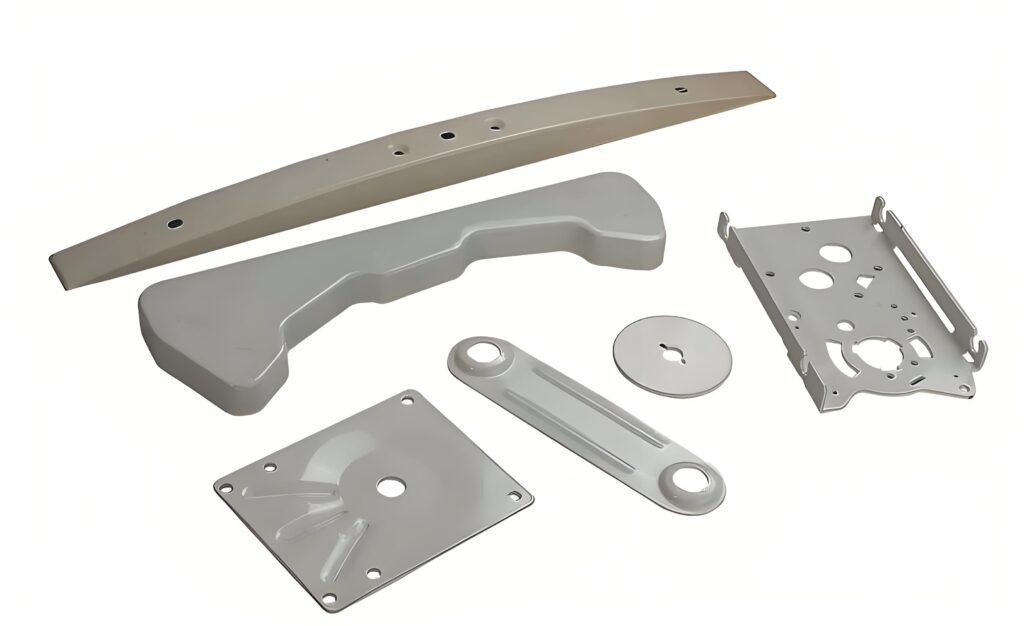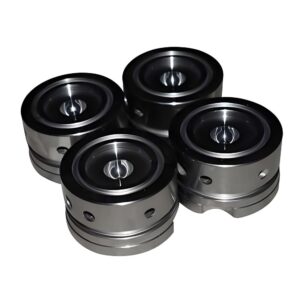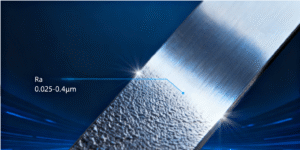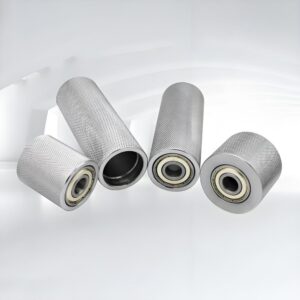Material selection is pivotal in CNC machining and manufacturing, directly impacting performance, durability, and cost-effectiveness. At Precionn, a leader in precision machining, we prioritize delivering value through material expertise and advanced technology. This blog explores 410 stainless steel, a versatile martensitic alloy, detailing its composition, properties, advantages, limitations, and comparisons with other grades. Engineers, procurement professionals, and manufacturers will find this guide useful for evaluating its suitability for their projects.
What is 410 Stainless Steel?
The alloy, classified as martensitic, combines strength, moderate corrosion resistance, and machinability, making it ideal for applications requiring durability. Unlike austenitic grades like 304 or 316, this material hardens through heat treatment, enhancing wear resistance. Its chromium-based composition with low carbon content ensures a cost-effective balance, widely utilized in precision machining.
Composition
The alloy’s chemical makeup drives its unique properties:
- Chromium (Cr): 11.5–13.5% (provides corrosion resistance)
- Carbon (C): 0.08–0.15% (enhances strength)
- Manganese (Mn): Up to 1.0%
- Silicon (Si): Up to 1.0%
- Phosphorus (P): Max 0.04%
- Sulfur (S): Max 0.03%
- Iron (Fe): Balance
Chromium ensures corrosion resistance, while carbon boosts hardness. The absence of significant nickel reduces costs compared to grades like 304.
410 Stainless Steel Properties
This alloy excels in high-stress environments due to its mechanical and physical characteristics, adjustable through heat treatment.
Mechanical Properties
- Tensile Strength: 450–620 MPa (annealed)
- Yield Strength: 275 MPa (annealed)
- Hardness: 20 HRC (annealed), up to 50 HRC (hardened)
- Elongation: ~20% (annealed)
Physical Properties
- Density: 7.75 g/cm³
- Melting Point: 1480°C (2696°F)
- Thermal Conductivity: ~24.9 W/m·K
- Electrical Resistivity: 570 nΩ·m
These attributes make it suitable for applications needing strength and moderate corrosion resistance.
Applications of 410 Stainless Steel
Its versatility supports diverse industries:
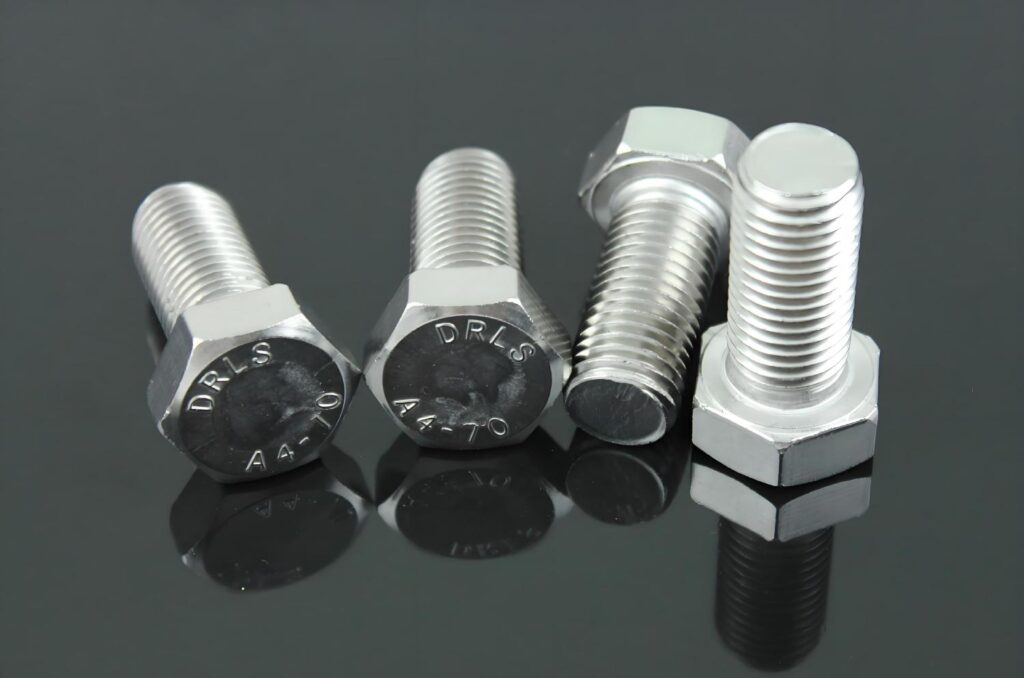
- Cutlery and Kitchenware: Hardness ensures edge retention in knives and utensils.
- Industrial Components: Screws, bolts, and fasteners leverage strength and machinability.
- Automotive Parts: Exhaust systems and valves benefit from heat and wear resistance.
- Firearms: Durability suits gun barrels and components.
- Petrochemical Equipment: Valves and pumps handle moderately corrosive environments.
At Precionn, we craft precision components from this alloy, meeting stringent client specifications.
Advantages of 410 Stainless Steel
The alloy offers compelling benefits:
- High Strength: Heat treatment enhances durability.
- Cost-Effective: Lower nickel content reduces costs compared to 316.
- Corrosion Resistance: Performs well in mild environments.
- Machinability: Enables precise manufacturing of complex parts.
- Versatility: Suits varied applications, from cutlery to industrial parts.
These qualities position it as a reliable choice for cost-conscious manufacturers.
Disadvantages of 410 Stainless steel has some limitations:
- Limited Corrosion Resistance: Less effective in marine or chloride-rich settings compared to austenitic grades.
- Brittleness Risk: Over-hardening can reduce toughness.
- Lower Ductility: Less flexible than 304 or 316.
- Pitting Susceptibility: Chloride exposure may cause pitting.
Precionn’s expertise ensures optimal use of this alloy where its strengths are maximized.
410 Stainless Steel vs 304 Stainless Steel
Key differences guide material selection:
- Composition: This alloy has 11.5–13.5% chromium; 304 contains 18–20% chromium and 8–10.5% nickel (austenitic).
- Corrosion Resistance: 304 excels in marine environments due to higher chromium and nickel.
- Strength: This alloy is harder, especially post-heat treatment.
- Cost: Lower nickel makes it more affordable.
- Applications: Used for high-strength applications (e.g., fasteners); 304 suits food processing and medical equipment.
Precionn assists in selecting the right grade for your needs.
410 Stainless Steel vs 316 Stainless Steel
- Composition: 316 includes 16–18% chromium, 10–14% nickel, and 2–3% molybdenum; this alloy lacks molybdenum.
- Corrosion Resistance: 316 thrives in marine and chemical settings.
- Strength: This alloy offers superior hardness.
- Cost: 316’s molybdenum increases cost.
- Applications: 316 serves marine and medical; this alloy fits industrial components.
Our machining expertise ensures the best grade for your project.
Precision Machining with 410 Stainless Steel
In precision machining, this alloy’s machinability produces durable components. Common parts include:
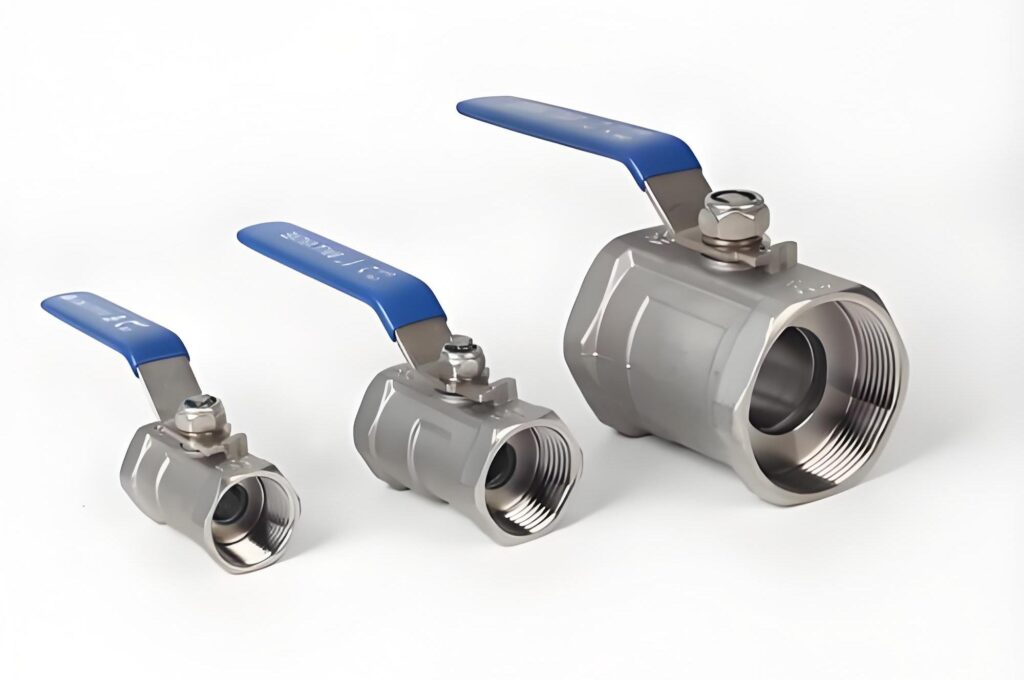
- Shafts and Valves: For automotive and industrial use.
- Fasteners: Screws and bolts benefit from hardness.
- Pump Components: Suitable for petrochemical applications.
Precionn’s advanced capabilities deliver tight tolerances and reliable performance.
Does 410 Stainless Steel Rust?
While chromium provides corrosion resistance, this alloy can rust in high-humidity, saltwater, or acidic conditions. It resists rust effectively in mild environments with proper maintenance, such as regular cleaning. For enhanced protection, Precionn may recommend coatings or alternative grades.
Is 410 Stainless Steel Magnetic?
Yes, its martensitic structure and high iron content make it magnetic, unlike non-magnetic austenitic grades (304, 316). This property suits applications requiring magnetism, such as industrial components. Precionn leverages this for specific design needs.
Heat Treatment of 410 Stainless Steel
Heat treatment enhances its properties:
- Annealing: 815–900°C, slow cooling for machinability.
- Hardening: 925–1010°C, rapid quenching for hardness.
- Tempering: 150–370°C to balance toughness.
This flexibility allows tailored performance for diverse applications.
Choosing the Right Stainless Steel
Select this alloy for strength and cost-effectiveness. For superior corrosion resistance, consider 304 or 316. Precionn’s experts guide material choices to optimize performance and budget.
Why Precionn Recommends 410 Stainless Steel
This alloy’s strength, machinability, and affordability make it ideal for industries like automotive, petrochemical, and cutlery. At Precionn, we produce precision components that meet exacting standards. Contact us to explore how this material can enhance your project.

